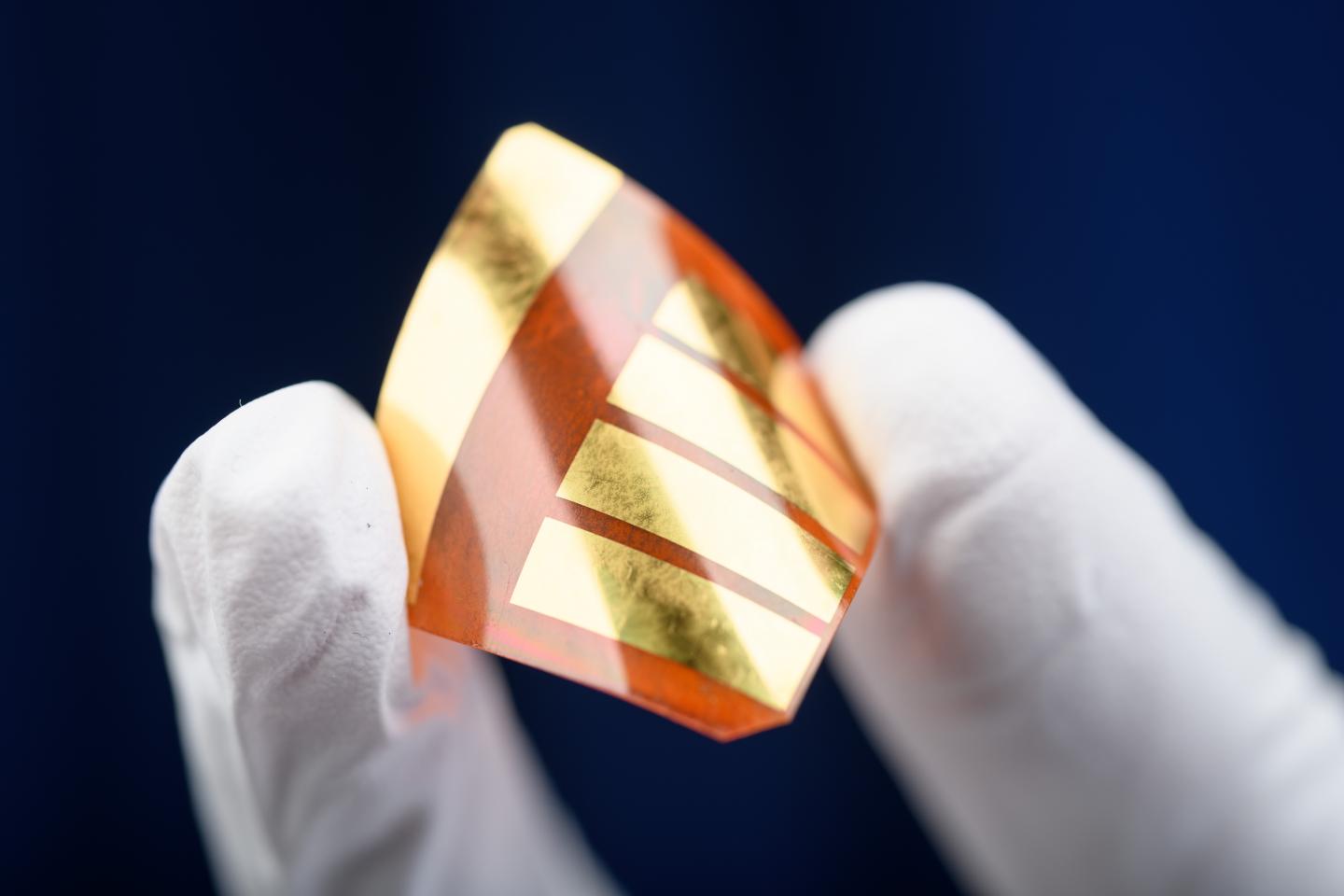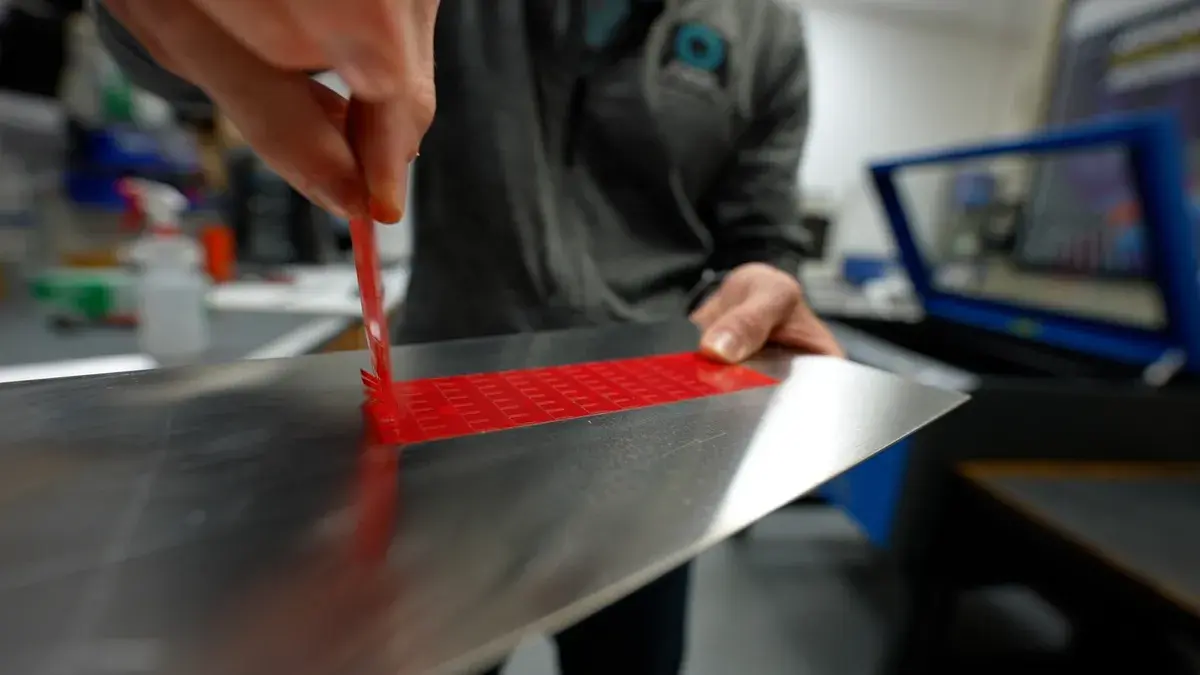Perovskite-based solar cells have excellent characteristics for production. They’re cheap and flexible and can have various applications. The issue with using them, however, is their short life span; you can’t use them for more than a couple of months.
Researchers from Georgia Institute of Technology, University of California San Diego and Massachusetts Institute of Technology developed solar cells that could potentially perform better than the current perovskite cells.
How the New Solar Cells Work
Juan-Pablo Correa-Baena, an assistant professor in the Georgia Tech School of Materials Science and Engineering said in a statement that “perovskite solar cells offer a lot of potential advantages because they are extremely lightweight and can be made with flexible plastic substrates,” but they have to perform better in order to beat the silicon-based solar cells on the market.
The study published in the journal Science explains how adding certain materials to the perovskite-based cells makes them more efficient. Recently, we have seen studies where researchers added iodine and bromine to the structure, as well as cesium and rubidium, which led to better stability of the structure.
However, not much was known as to why the solar cells have a higher performance. The new study tackles the problem with X-rays to map the structure at the nanoscale.
According to Yanqi Luo, a nanoengineering PhD student at UC San Diego, “by looking at the composition within the perovskite material, we can see how each individual element plays a role in improving the performance of the device.”
Are Cheaper Flexible Solar Cells the Future of Photovoltaics?
The study helps us understand how perovskite-based materials function at the nanoscale and show the potential for future improvements. The team hopes to implement these materials in the Photovoltaic industry to decrease the issues of climate change.







